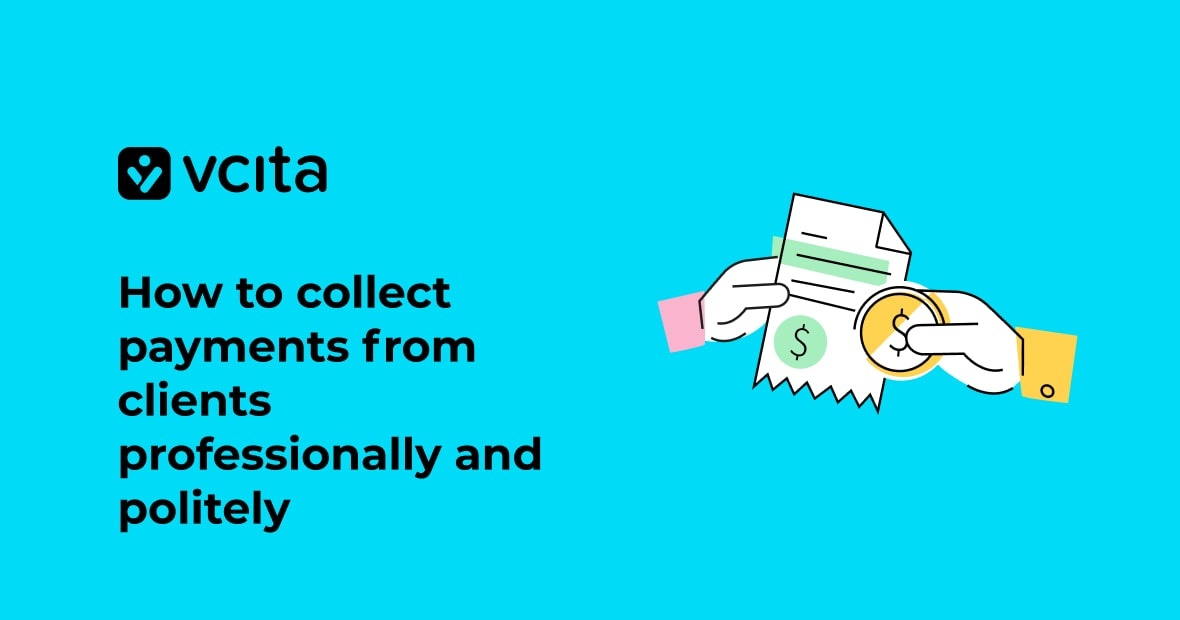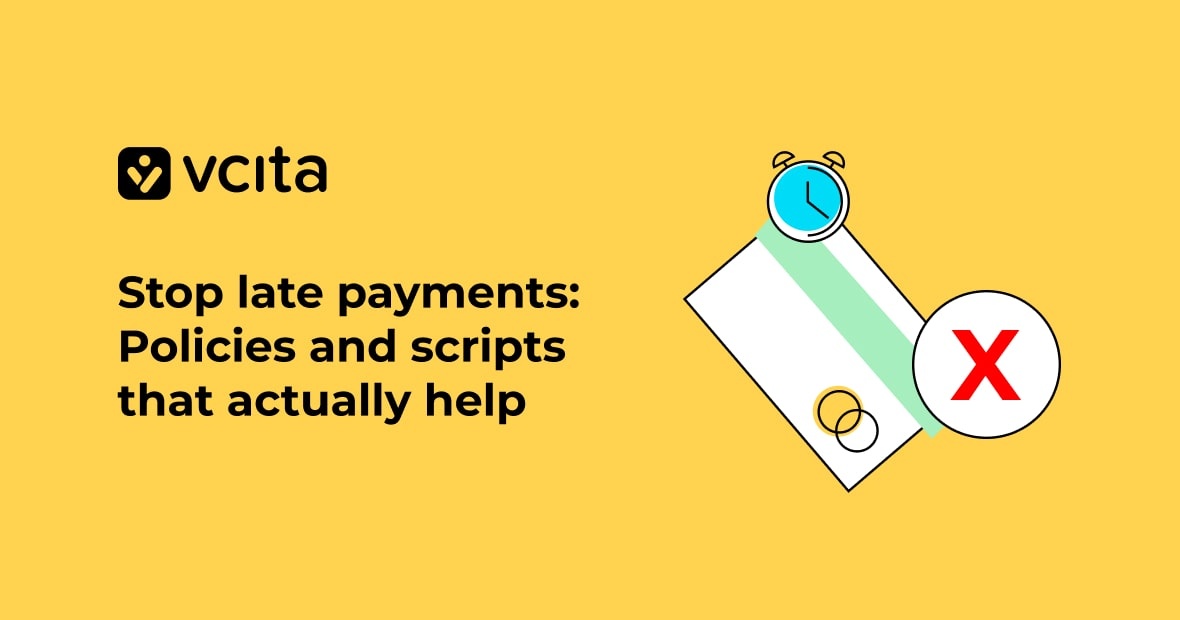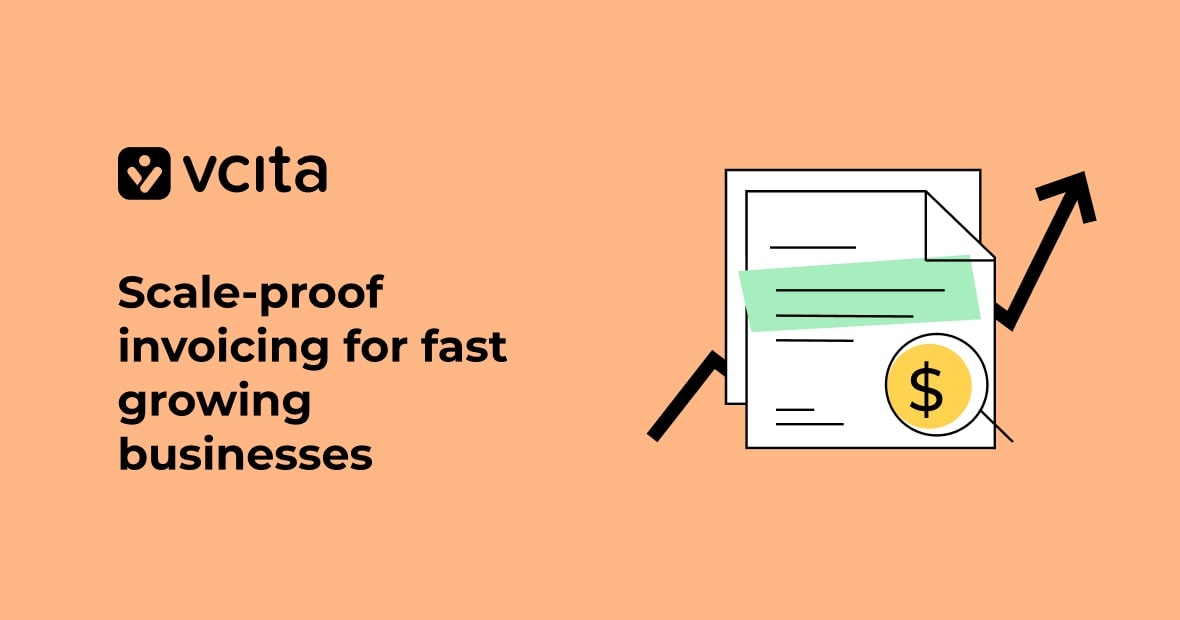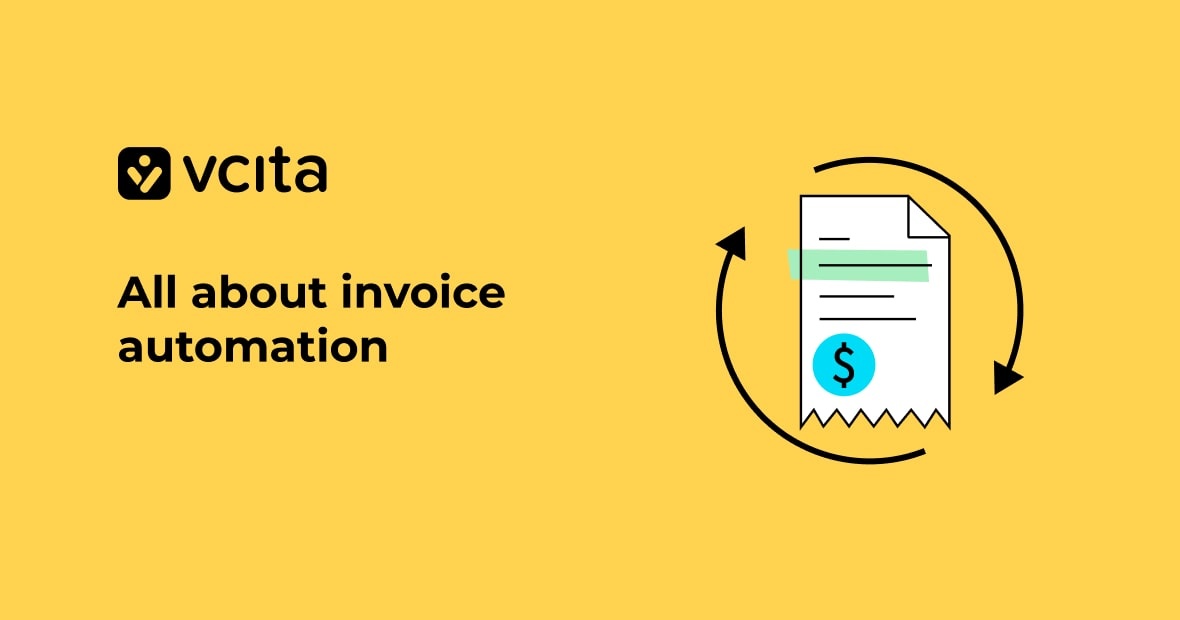We say it often but running a business is a balancing act. From servicing your clients to making sure operations run smoothly, there is never any shortage of tasks to be done. It’s annoying, then, when certain tasks get held up due to unforeseen circumstances, like collecting payments from your clients.
Collecting payments from clients swiftly is a skill that must be mastered, especially since it directly affects your bottom line. A whopping 82% of businesses that fail cite cash flow issues as one of their biggest downfalls. In the hopes that you don’t become part of that statistic, we’ve compiled a list of ways you can collect payments professionally and efficiently from your clients, without having to worry about the discomfort of asking for payment.
The challenges of collecting payments from clients
Clients take too long to pay
One of the major challenges faced by small businesses is that clients often take too long to pay or just forget to pay altogether. This could stem from a lack of communication of clear terms and conditions or an inaccurate invoicing strategy. Either way, reducing the time it takes clients to pay should be one of your main goals.
Tracking payments and knowing what’s due
Many small business owners are still manually keeping track of their payments. Using spreadsheets and separate tools often causes a problem when it comes to keeping track of overdue payments. Using a tool that helps you track and view all your payments in real time (historically and future), while allowing you to invoice at the same time can help you better manage payment collection.
It’s just uncomfortable
It’s uneasy discussing money or demanding payments from clients, sure. But putting personal feelings aside and learning to be professional in the way you ask is the best way to keep your business going. After all, you’ve held up your end of the bargain, now it’s time for your clients to honor theirs. There are many preemptive measures you can take to ensure you don’t have to chase clients down for payments, you can read about them below.
Tips for collecting payments professionally
Collect money upfront
It might feel counterintuitive, but asking for payment upfront is a completely legitimate practice. You can ask for a deposit, in order to hold the appointment for someone or ask for the full payment in advance of the appointment. You can also consider offering a discount for those who pay upfront, making sure you get paid before the project or transaction is even carried out. Doing this will eliminate any need for chasing clients after an appointment and reduce the time you need to spend on payment collection.
Be clear on your terms and conditions for payment
Do you have a late fee? How late is late? How will you accept payments? All these things should be ironed out before beginning to work with a client. Indicate your terms and conditions on your invoices, or even an intake/onboarding document new clients need to sign. The clearer you are on your payment terms the less likely your clients will be to ignore them.
Make it easy for clients to pay you
Make payment collection easy for your clients. Accepting multiple forms of payment, especially the most popular ones, will show your clients that paying you is as easy as a few clicks of a button. Consumers these days prefer online and mobile payment options and adopting these ideals will surely benefit how quickly you get paid. When it comes to getting paid, convenience is key to decreasing the chances clients will forget to pay you and also to improving your customer experience overall.
Send professional follow up emails
Sending professional follow-up emails reminding your clients to pay you is an important step to getting yourself paid. Yes, it takes time, but email is one of the most effective ways to reach your clients. Having a strong subject line and a short and direct message will help get your email opened and their attention grabbed. Send the first email a few days after the invoice in question was supposed to be paid and the second one a few days after that. If it needs to get to it, be prepared to take legal action if your emails are being completely ignored.
Use online payment software
Using a tool like vcita can help expedite the process of collecting payments from your clients. With vcita, you can send payment reminders in the form of an SMS or email, that conveniently includes a link where your clients can pay. In addition, you can view all your invoices, and payments in one place so that nothing falls through the cracks. Finally, a payment software like vcita helps you integrate with 3rd party payment collectors like PayPal, Stripe, Square, Venmo, and others, which allows your business to collect payments in multiple forms.
Incentivize paying on time
Your clients love incentives and will do their absolute best to attain them when offered. There are many ways to motivate clients to pay on time. Reward those who consistently pay on time with a credit towards their next purchase, or by offering a discount. These are just two examples of incentives that are a surefire way to get you paid on time and in full.
Collect payments with ease
It’s no secret that chasing clients down for payment is time-consuming, uncomfortable, and also extremely necessary. It’s difficult to get away from it. However, knowing how to maneuver yourself through this particular challenge is something that will drastically impact and improve your bottom line. Let’s face it, your business isn’t a business if it isn’t making money, and you shouldn’t be working for free.
Implementing some of the tips listed above will help you become a pro at collecting payments from your clients. They are relatively easy to get started with, it’s all a matter of sticking to your guns and understanding that although this is the least favorite part of the job, it’s still a major part of your business.




























